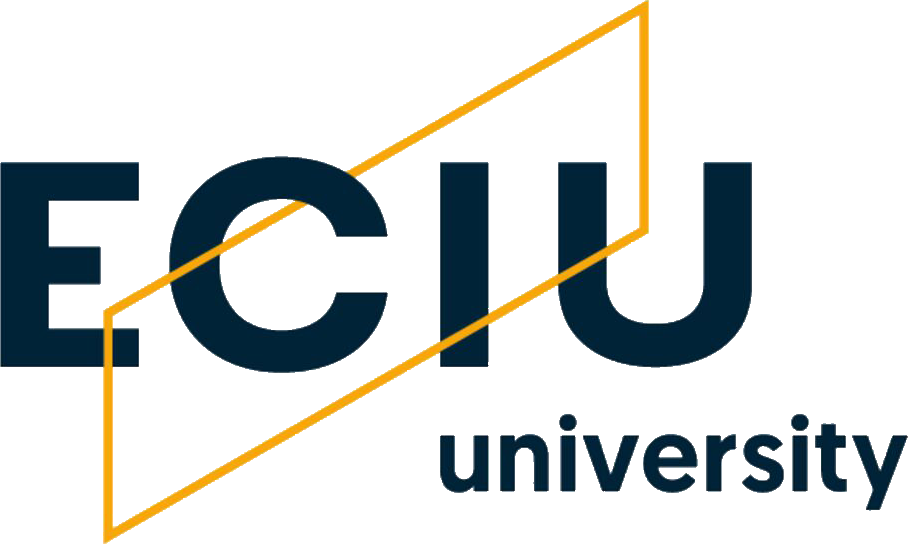The project, "Fundamental Analysis of Carbon Dioxide Absorption from Biogas Using Rotating Packed Bed Devices," was awarded a grant of 1.9 million złoty as part of the OPUS LAP WEAVE 26 competition by the National Science Centre.
During the first meeting, held at the project leader's location in Brno, discussions centered on the objectives and research implementation plan. Lodz University of Technology was represented by Assoc. Prof. Maciej Jaskulski, Michał Blatkiewicz, PhD and Małgorzata Majdzik, MSc from the Department of Environmental Engineering at the Faculty of Process and Environmental Engineering.
Biogas, produced through anaerobic biomass fermentation, is a significant component of renewable energy sources. It primarily consists of methane and carbon dioxide. To enrich biogas, it is necessary to remove CO₂. The goal of this joint three-party project is to conduct a fundamental analysis of the RPB process for biogas enrichment, making it more efficient and contributing to sustainable development.
As Dr. Blatkiewicz explains, experts from Brno focus mainly on the hydrodynamics of RPB devices. In addition to experiments, they also develop computer simulations that can significantly enhance understanding of the process. - At Lodz University of Technology, we focus on advanced physicochemical processes, particularly reactive absorption, where the compound not only dissolves in the absorbent but also undergoes a chemical reaction. We use regenerable solvents that chemically bind dissolved CO₂, making the process much more efficient. The team from Berlin contributes experience in modeling and thermodynamics, allowing us to take a more comprehensive approach to the project.
Currently, CO₂ capture is achieved through various methods. Scientists from Lodz, Brno, and Berlin are working on chemical absorption, which seems most suitable for industrial applications involving large quantities of carbon dioxide.
- Rotating packed bed absorbers, compared to the very tall absorption columns commonly used in the chemical industry, are smaller, cheaper, and significantly more efficient. Centrifugal force, unlike gravity in static columns, ensures mass transfer that is up to 40 times more intense - the project's authors emphasize.

